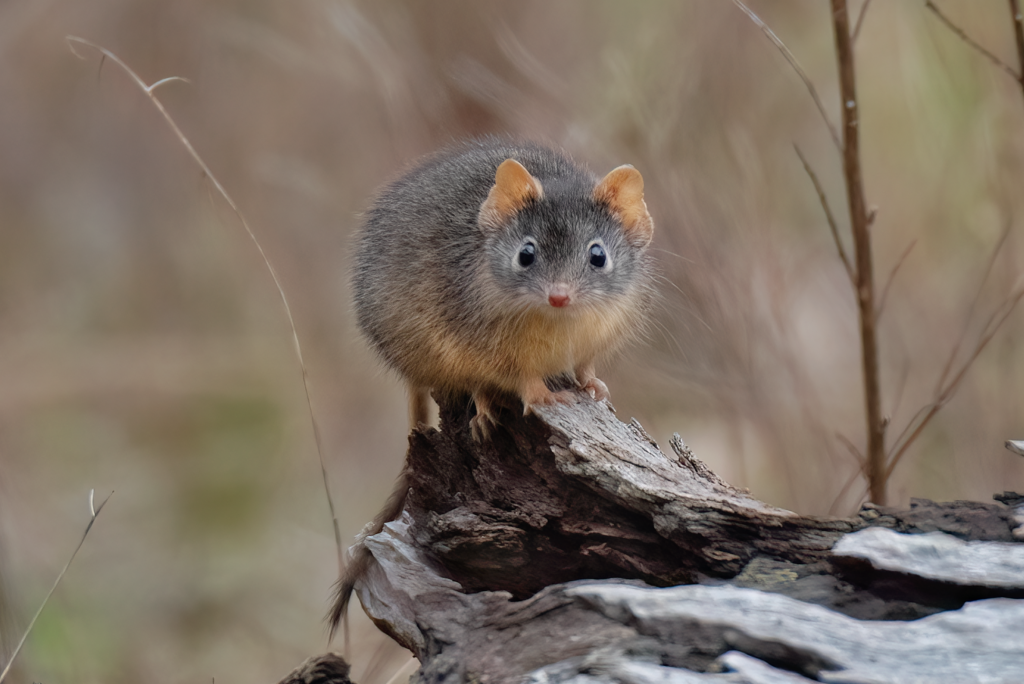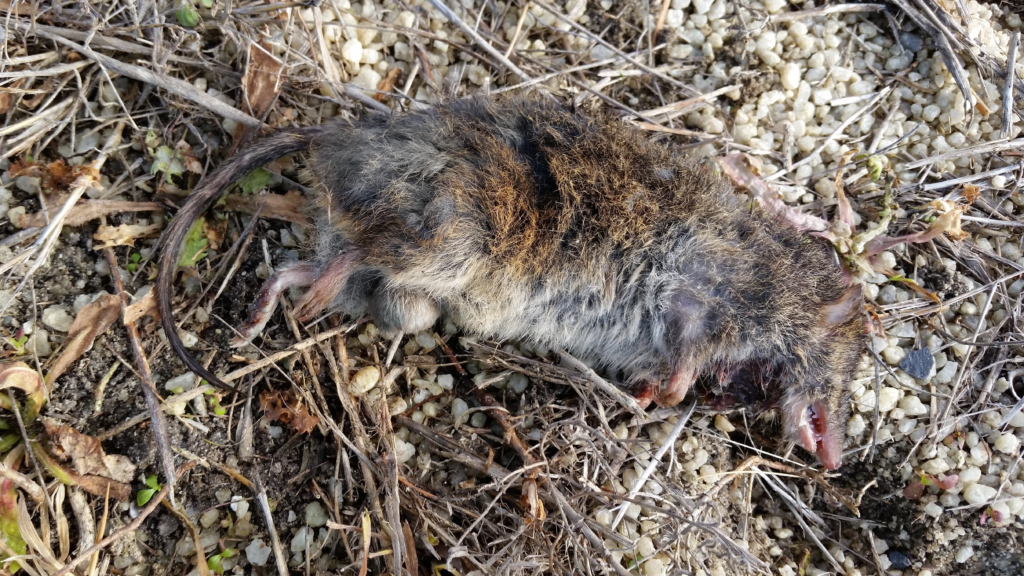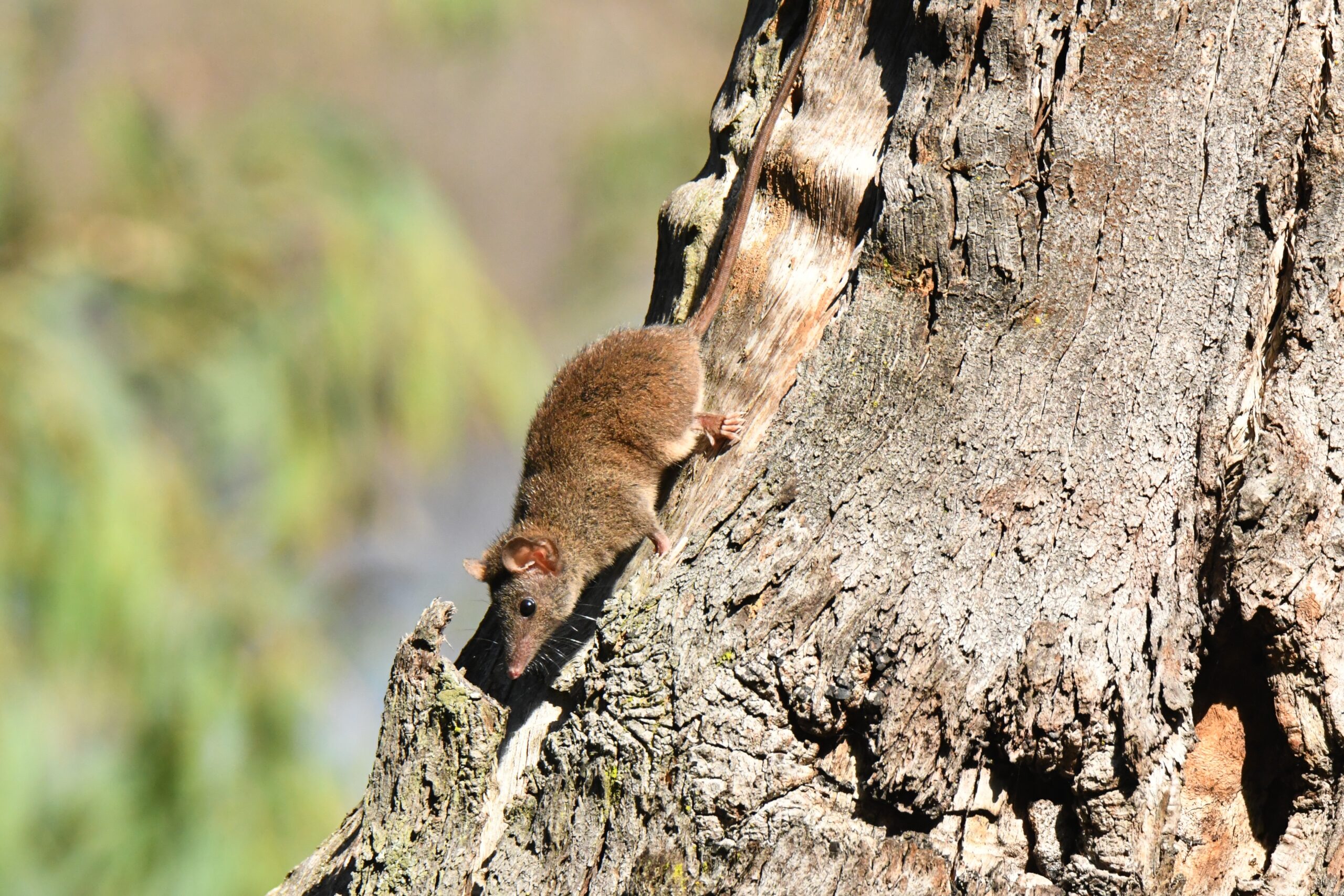
In the world of mammals, both sexes of most species tend to live for an extended period of time to ensure they pass on their genes, usually over multiple breeding seasons. One group of mammals have bucked that trend altogether, the Dasyurids.
Dasyurids are a group of carnivorous marsupial mammals in the family Dasyuridae, containing over 70 species such as Tasmanian Devils, Quolls, Phascogales, Dunnarts and Antechinus. Of these, a handful of species have evolved an unusual and seemingly risky reproductive strategy: For a short period each year, all the males will die off in a population, a strategy known as semelparity or suicidal reproduction. The Antechinus is one such group of animal.
Typically the size and shape of a small rat or shrew, but with no close relation to either, the Antechinus are a group of 15 species found in Australia, most of these being located on the east coast of the continent. They can be found in a wide range of habitats, from highland rainforests to woodlands, heath and semi-arid shrublands. Two species are currently listed as nationally endangered and another two are listed as vulnerable.
Each year at the same time in winter, all females will synchronise their ovulation and all males will begin producing large amounts of sperm, to the point where their testes are massively swollen. A study suggests that for a lot of Antechinus species the rate of change in day length (photoperiod) is a trigger for this mass synchronisation, but it might depend on species and location. By having a strictly timed start to the breeding season it can correspond with an abundance of their food source, typically invertebrates, when the young are weaned in spring.
During a brief 2-3 week period towards the end of winter or early spring, the males will go into an extreme frenzy, forgoing food and with only one thing on their mind: sex. With highly elevated levels of testosterone and stress hormones, the male will mate with as many females as he can find in that short window of opportunity, but it comes with a great cost. The hormones flooding his tiny body and the exhaustion of finding and mating with multiple females results in catastrophic immune system failure, leading to the death of all males before the female gives birth in spring.


Credit: Craig Boase
For a short period of time before the next generation are born, there are no males at all in any one population. It was once thought that the main reason for this mass male die off was to enable more food to be available to the offspring. In part this may be true but another study suggests this short breeding season ensures as many matings can occur at one time and that the males put all of their efforts into this one breeding event. It has also been suggested that by having a short synchronised breeding season it results in mass numbers of offspring at one time, inundating predators and giving each young Antechinus a higher chance of survival, particularly when it also coincides with a time when their food is typically abundant in spring.
This suicidal reproduction strategy is more often seen in animals such as fish and invertebrates but is quite rare in mammals. Extreme as it appears, it seems to work well for Antechinus and some of the other Dasyurids.
Share on socials